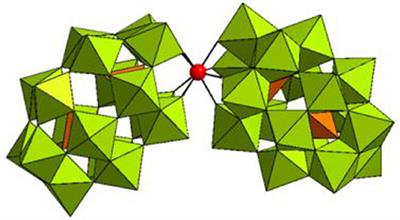EDITORIAL
Published on 28 Aug 2019
Editorial: Advances in the Development of Artificial Metalloenzymes
doi 10.3389/fchem.2019.00599
- 1,674 views
- 2 citations
15k
Total downloads
80k
Total views and downloads
EDITORIAL
Published on 28 Aug 2019
ORIGINAL RESEARCH
Published on 11 Jul 2019

ORIGINAL RESEARCH
Published on 05 Jul 2019

ORIGINAL RESEARCH
Published on 05 Apr 2019

ORIGINAL RESEARCH
Published on 01 Mar 2019

REVIEW
Published on 21 Feb 2019

MINI REVIEW
Published on 19 Feb 2019

MINI REVIEW
Published on 05 Feb 2019

ORIGINAL RESEARCH
Published on 19 Dec 2018

ORIGINAL RESEARCH
Published on 13 Dec 2018

ORIGINAL RESEARCH
Published on 04 Dec 2018

ORIGINAL RESEARCH
Published on 05 Nov 2018
